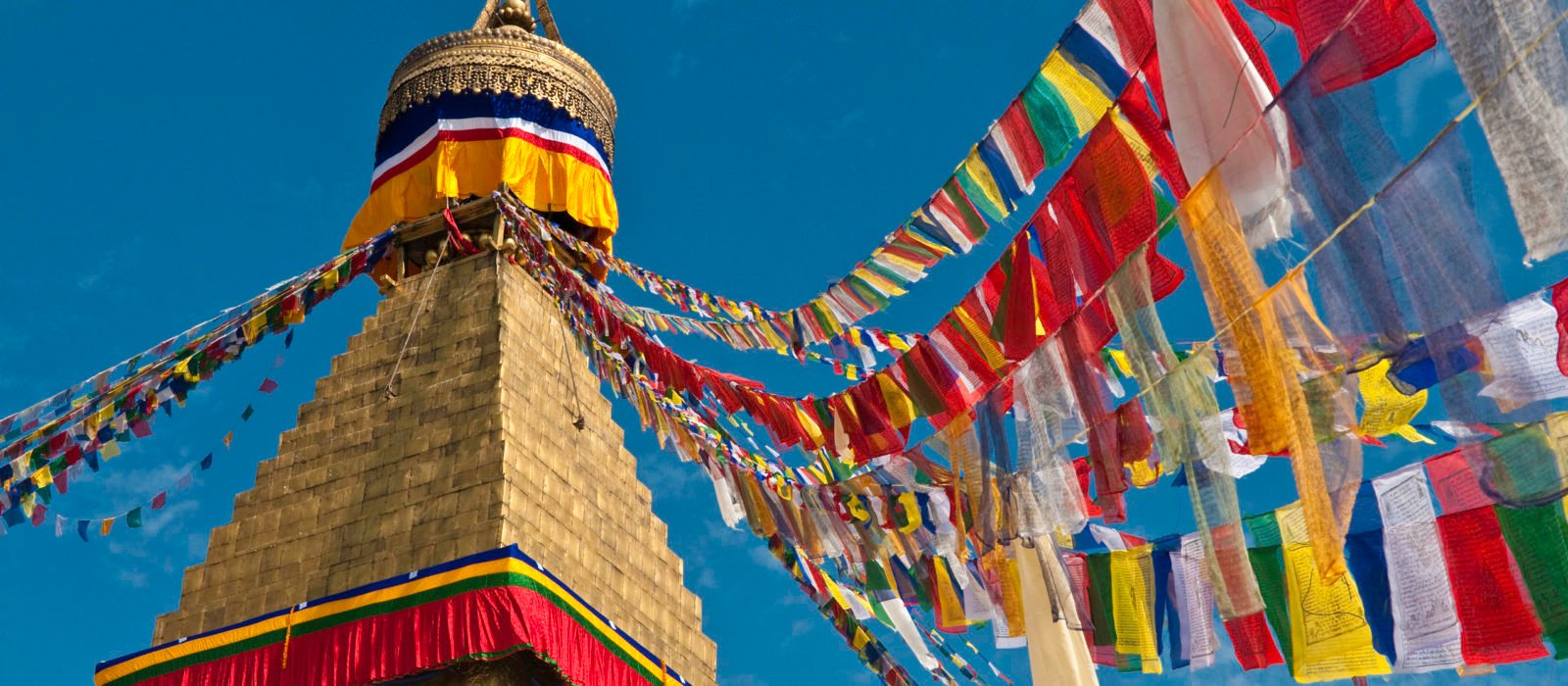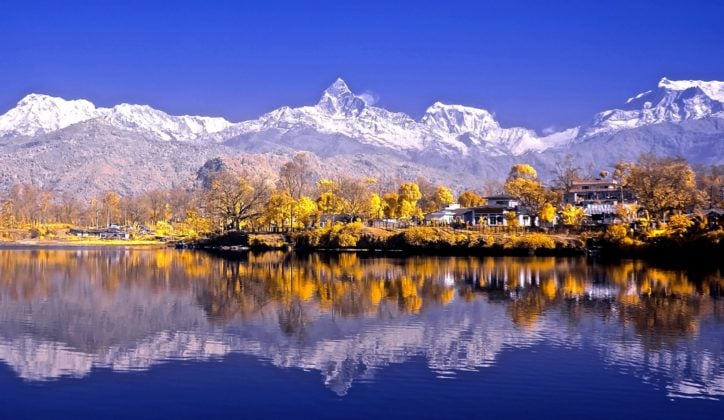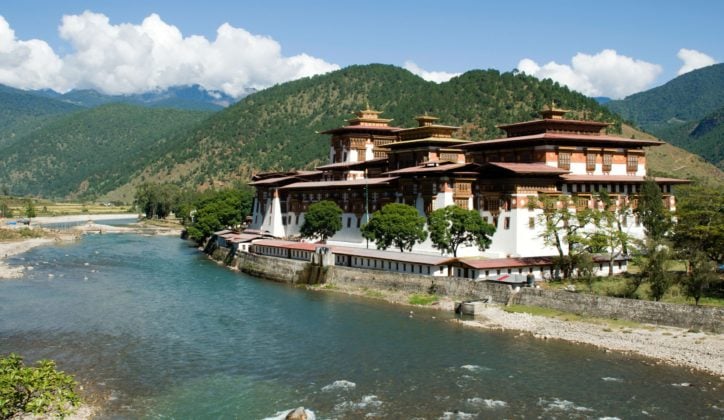Published on: February 22nd, 2018
Last modified: December 28th, 2023
Home to Mount Everest and the bustling city of Kathmandu, Nepal is a country rich in festivity and tradition. Nearby, known as the Land of Dragons, you will find the isolated country of Bhutan the sole-surviving Himalayan Buddhist Kingdom. But there is more to these two nations than bright traditional dress, vibrant festivals and rugged natural beauty. Here’s out list of ten fascinating things you might not have known about Nepal and Bhutan.
World Heritage sites
If you’re the kind of traveller who goes in search of Unesco World Heritage Sites, then Nepal is a treasure trove. The country boasts the densest collection of notable cultural and natural sites, ten, and you’ll find seven of them in Kathmandu Valley alone. Among the cultural sites are Kathmandu Durbar Square, Swayambhunath and Changunarayan temple. Chitwan National Park and Sagarmatha National Park are Nepal’s natural sites.
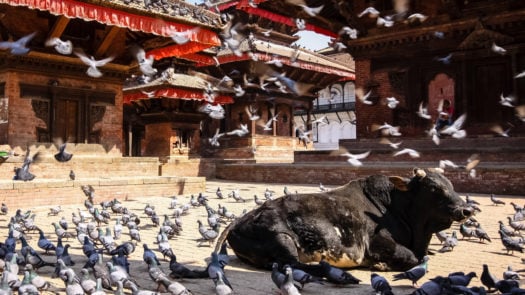
A different flag
A country’s flag is so much more than just a rectangle of coloured fabric – especially when it comes to Nepal. This is the only country which doesn’t have the standard quadrilateral flag. At more than 2000 years old, the flag is a combination of two overlapping pennons, or triangles. It is the red of the country’s national flower, the rhododendron, with a blue border and sun and crescent moon emblems in white.
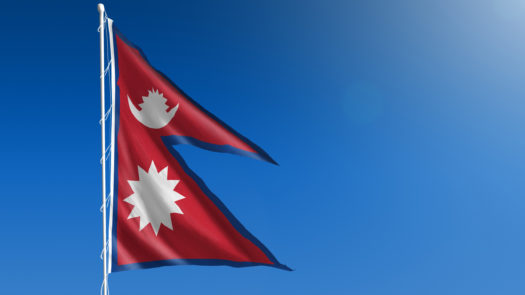
Birthplace of Buddha
Some Buddhist texts cite Lumbinī in Nepal as being the place where Queen Mayadevi gave birth to Siddhartha Gautama in 563 BCE. Achieving enlightenment some 35 years later, Gautama became the Buddha and founded Buddhism. Today, Lumbinī is an important pilgrimage site for many people. One of Nepal’s numerous Unesco World Heritage Sites, the area boasts a number of temples, monuments and monasteries.
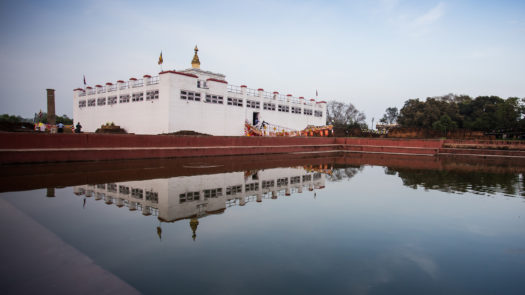
Living goddesses
The world’s only living goddesses are found in Nepal. Revered by Nepali Buddhists and Hindus, Kumaris are young girls who are believed to be manifestations of the Taleju goddess. The Kumari is chosen from the Newari community in a rigorous selection process, and taken to live in a palace where she is worshipped during religious festivals until she starts menstruating. At that point, it is believed the goddess leaves her body and a new Kumari must be chosen.
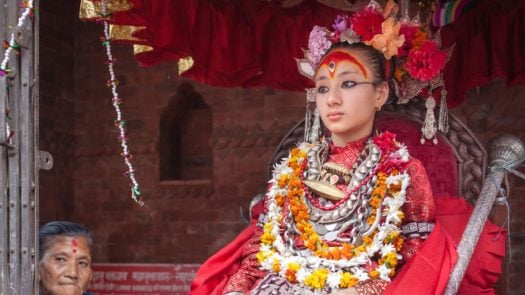
Culturally rich
Nepal may be small, but within its borders you’ll find over 80 ethnic groups speaking a staggering 124 languages. The diversity of its population, makes the country a fascinating place to visit. Having evolved over centuries the cultural heritage of Nepal is rich and representative of its diverse citizens. Its dance, music, art, folklore, literature and food are also influenced by Indian, Mongolian and Tibetan culture.
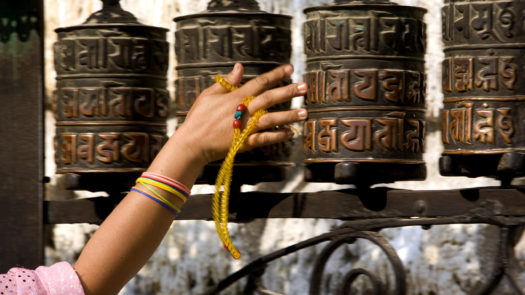
Late to tune in
While the first electronic television started attracting attention in 1927, the small screen took another 72 years to make it to Bhutan. That’s right, the Himalayan nation only turned on for the first time in 1999. For a long time, it had been the only country to actively ban TV. Interestingly, the introduction of cable TV has been blamed for an increase in crime levels in recent years.

Phallic symbolism
Those of a sensitive disposition may find themselves blushing while visiting some of Bhutan’s villages where paintings of phalluses are a common sight on homes and buildings. This tradition dates back to the time of Lama Drukpa Kunley, the Divine Madman, who was known for his unorthodox teaching methods around the 15th century. Tradition has it that the symbols of erect penises help to fend off evil. Recent studies suggest, however, that the phallus may have already been an important part of the early religion that existed in Bhutan.
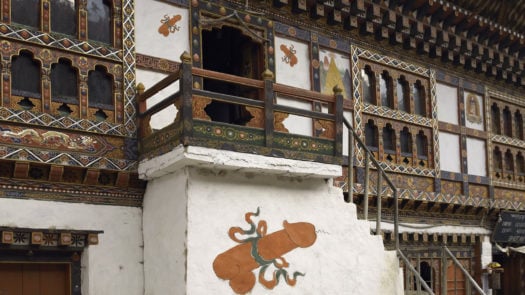
Carbon negative
More countries are becoming increasingly aware of the importance of monitoring their impact on the planet, and this is one of the areas in which Bhutan is top of the class. It is the only country in the world that is carbon-negative. Because it has so few factories and is, by law, made up of about two thirds forest, that means that is produces less carbon dioxide than it makes.
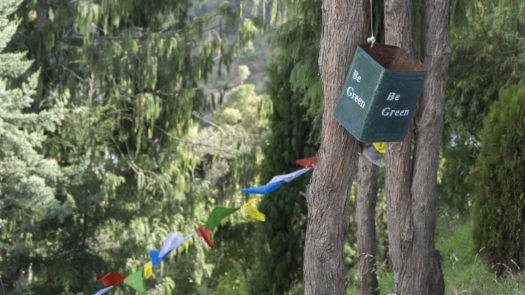
Happiness is key
So often it’s wealth that defines whether a country is deemed “successful” or not, but in Bhutan, the government is guided by the philosophy of Gross National Happiness. The concept of measuring the happiness and well-being of citizens was brought to the fore by former king Jigme Singye Wangchuck in 1972. He is reported to have said: “Gross National Happiness is more important than Gross National Product.”
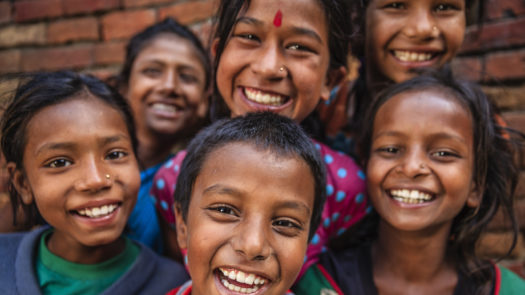
Finding Yeti
If the idea of finding mythical monsters has you packing your hiking boots, binoculars and video equipment, then you’re going to want to head out into the wilds of Bhutan in the hopes of finding the ever-elusive Yeti, or the Abominable Snowman. Popular legend has it that the ape-like creature calls the slopes of the Himalayas home. Many explorers have gone in search of the beast, but very little proof of its existence have surfaced. Still, keep a look out, in case…
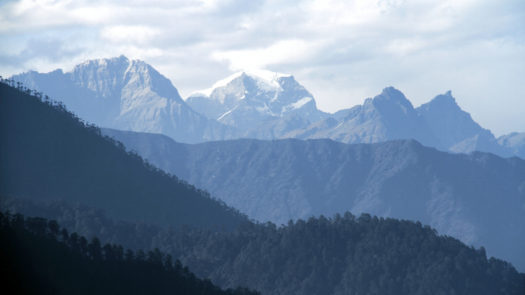
Our top example trips...
Feeling inspired? Speak to one of our expert travel designers today and start planning your trip of a lifetime to Nepal and Bhutan.
